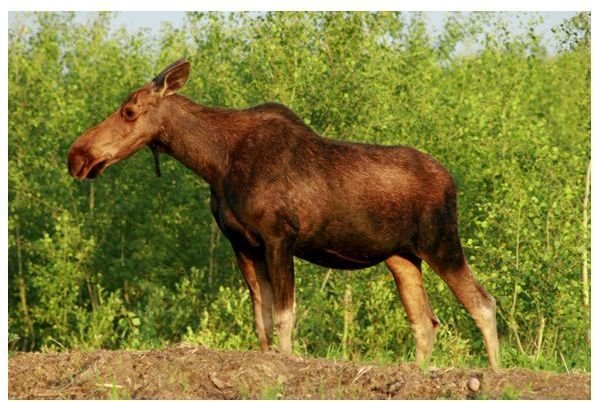Photographing Moose - Tips & Tricks to Help You Get Great Moose Photos
Understanding a Moose
There are still some places in the North America where moose have flourish but in most regions moose populations are on the decline. This can make the chances of photographing moose even more unlikely, but it can still be done if you learn an little about your intended photographic prey. Understanding what moose eat, what kind of habitat they live in and their habits will help in tracking down that perfect moose shot.
Moose really like thick forests like Boreal forests, and prefer areas where there are small ponds and swamps. Moose are also most active in
the early morning so this is best time to catch them, grabbing a shot while they grab some breakfast. That being said, as a photographer this is something you will want to be equipped for.
Having the right type of lens to shoot nature in low light is going to be key here, something with a low aperture and a decent focal length. If you can afford it, I would recommend a 70-200mm lens with a fixed aperture of two. Also understand that even with a lens like this, ISO 100 probably won’t do unless it’s 5:30am in mid July or August. Light will always be a major challenge with trying to catch a moose in the early morning because they normally disappear before other animals even start their day. They are one of the early risers of the animal kingdom which means you, as a photographer, will have to up as early as they are.
One thing to keep in mind when photographing any wildlife is to keep quiet, as to not disturb the animals you wish to photograph. This is even more important when photographing moose. Since moose are mostly solitary animals, they can be disturbed by the smallest noise and once disturbed, they tend to just disappear into the forest. So this means your best chance at getting a decent shot is to do you research ahead of time. First, find a spot that is popular with moose. Once you’ve picked your spot, then find the composition you want for your photo and set up camp. After that it’s a game of luck and patience. Show up early in the morning and wait, hopefully a moose will show up.
Moose Warnings
A very important thing to keep in mind if you are going to plan a moose stake-out, or if you run into a moose while out shooting nature, is that it may not want you around. Moose can be very aggressive, in certain seasons and you don’t want to be a target for an angry charging moose. Moose mate in fall, during this time male moose can become very aggressive towards humans, as will any other member of the deer family, so be careful with all antlered animals during this time period. There are more attacks on humans by member of the deer family than any other type of animal and many of these attacks happen during mating season. Spring can also be a time of concern for photographers who are out photographing moose because this is calving season. Mothers can often be over protective of their young and it is very important to ensure that the mother does not see you as a threat and that you don’t get in between the calf and mother at any time. Always be aware of where both the mother and calf are located. The good thing is that moose are not at all territorial, so if they do attack, you will just have to run away and likely they won’t follow you. As long as you are aware of their habits and when to be careful you should be able to capture some beautiful moose photos with just a little luck and patience.
